Do you know what you should and shouldn’t be feeding your dog? The answers may surprise you! Information on feed ingredients, supplements, and more!
Are you confused about what dog food you should be feeding? It wouldn’t be surprising. There is so much information out on the internet about dog foods – and not much of it is accurate. Let’s review a few basic nutrition principles that can help you pick the best food for your dog.
What’s causing the problem?
Often we feel our dogs need a diet change when something with their behavior or coat changes for the worse. Sometimes, these changes mean you should switch diet. Sometimes, these changes have nothing to do with diet. A very important principle to remember here is that almost all the time, changes in our dogs commonly attributed to food are the result of multiple stimuli, not just nutritional ones.
For example, Poppy has allergies. We have had this diagnosed by a veterinarian and hers are so bad, that she actually has to take medication for them. I also changed her diet over and over and over until we found something that worked {more on this later}. BUT, diet isn’t the only thing that aggravates her allergies. She is OCD {literally} about licking and itching. Once she starts, she can’t stop without help from us. This aggravates her allergies. When the seasons change, environmental stimuli aggravate her allergies, especially because she romps around and gets into all kinds of plants, bugs, and dead things. So, the point is, changing her food helps, but it won’t totally solve the problem. She has many stimuli that aggravate her allergies, which is why she needs medication for it.
The point: before you jump on a band-wagon diet trend for your dog, consider your issue. What are the stimuli for that issue? My number one recommendation to people who ask me about diet changes in their dog may surprise you, and usually, it makes them a little angry with me. Here it is: WALK YOUR DOG. Like a real walk – you in charge, no pulling, and with purpose. At least 30 minutes a day, every day for a month. And see what changes before you mess with diet. Even if your problem doesn’t completely disappear, it helps me rule out behavior issues that are a result of boredom and pent-up energy as opposed to the diet.
What’s the method for changing a diet?
So, you’ve walked your dog every day for a month, or you already do, and there is still an issue. Common indications your dogs diet needs to be changed are: excessive itching and licking, loss of fur, rough and dull coat, brittle nails, and loose stool. They can have one or all of these. Now, where do you start? I’ll outline how I normally go through this with people I’m helping, using Poppy as an example. Please note: there is absolutely nothing wrong with any dog food I talk about here. What works for some dogs may not work for others, and it’s ok. It doesn’t mean the food is bad.
- What are you feeding now? When we first started this with Poppy, she was eating Purina One. I always recommend switching to Science Diet first off, it’s a great quality basic food {no, I’m not paid to say any of this} and most dogs will do great on it.
- Feed changes take 4-6 weeks to have noticeable impacts on your dogs health – this means you are going to be in for a LONG process, so buckle up and put your patient hat on. Also, don’t stock up on any food until you have this figured out. Keep in mind that you’ll need to go through the proper method for switching out feed – slowly mix in the new feed over the course of a week in increasing increments.
- Poppy did better on the Science Diet, but not as good as I’d like, so we switched again. If the Science Diet doesn’t work, start eliminating common allergens from your dogs diet. The most common dietary allergies are grain and poultry. BUT!!! Only eliminate ONE AT A TIME. You need to know what is helping the problem and changing multiple things at once will never tell you that. First we eliminated grain. I asked my vet for his top 5-6 recommended grain-free foods and started with the least expensive one. We had issues with about three or four {excessive gas, mostly} and finally landed on a brand that helped her, but also worked for us and our budget. Keep in mind, each of these feed changes happened over the course of 4-6 weeks, this was a very long process. This entire process took us about 7 months total.
- Once we found a brand that worked for everyone, Blue Buffalo, I further experimented with the various recipes they offered. Eliminating poultry from her diet further improved things for her. Bison and rabbit made her puke, but the fish formulas seemed to work out the best. If just changing brands solves your problem, no need to experiment with various recipes within the brand.
- Now, if this doesn’t solve your issues, I’d recommend going back to the vet’s office and getting some other tests done. It could be indicative of a more serious issue you’re unaware of. If everything checks out and you feel like you need to make further diet changes, you could try feeding raw foods. I don’t recommend this, I think only 1/1000 times it’s actually necessary and it is difficult to provide a balanced diet without the knowledge of how to do so and access to various vitamins, minerals, and amino-acids in the right quantities. More often than not, if diet doesn’t totally fix the problem, it’s the result of multiple stimuli – which means no amount of diet changing is going to solve anything.
Feed Ingredients and Supplements
The trend these days is “simple” and it gets applied to dog foods all the time to give them a bad rap. Well here is the deal. When you are fixing a balanced meal for yourself, how many different things do you have to eat to actually get EVERY SINGLE nutrient you need? Quite a few. In fact, many of us take vitamins that have many nutrients in them. The same is true for your dog. Just because the ingredient list is longer than 4 items, doesn’t mean it’s a bad food. If you don’t know what an ingredient is, don’t automatically think that makes it bad either. Feed ingredients are vessels for specific nutrients, that’s it. They’re not inherently bad or good. What makes a good food vs. a bad food is the way it’s balanced and the quality of ingredients that are used. A general rule of thumb is the cheaper the food, the lower the quality. This does reach a ceiling at some point, where you will be paying more for a brand just because of the name. If you have questions, please contact me or your veterinarian for feed suggestions.
If you’re not sure an entire diet change is in order, but you’d like to improve your dogs coat or nails, feeding a supplement high in omega-3 and 6 will do that for you. The most common supplement for this is fish oil, you can find it in a liquid pour-on {for the feed} or in soft-chew treats.
If you are a chronic treat-giver or table-food-feeder, please don’t try and change your dogs diet to improve their health. If you feed them a lot of treats or table food {like, more than a tiny piece every single day} it will totally negate any positive diet changes you make. And don’t bother buying fancy food – it won’t do them any good. If this is you, the first step you’d want to take would be to cut back, in a major way. I give my dogs treats that either help their teeth, are pieces of dog kibble, or are omega-3 and 6 supplements. And I don’t give them often. But I have been told that I’m a meanie…so if giving treats or feeding table food makes your heart happy, only do it 3x a week and keep the portions tiny. And I really mean tiny – like the size of a quarter. I know, I’m a meanie. But do you want a healthy dog that lives for a long time or a fat dog that begs and dies early?#sorrynotsorry Hard facts only here, you know me.
Wrap up
I hope this helped ease your mind about what you should and shouldn’t be feeding your dog. There is a lot of pressure out there about food these days – for you and your animals. Don’t give into anything just because you heard about it or someone said it was right. Do what makes sense for you, your animals, and your budget. There is nothing wrong with that. The majority of dog food is totally safe. All the crazy things you hear about on online forums are, well, crazy. It’s all conspiracy and illegitimate claims and bad science. Don’t buy into it, be the smarty pants I know you are! Don’t hesitate to reach out if you have more questions.
Pin this farm tip on your Pets board to SAVE it for later! Follow Longbourn Farm on Pinterest for more great tips, ideas, and tutorials!
[et_bloom_inline optin_id=”optin_4″]
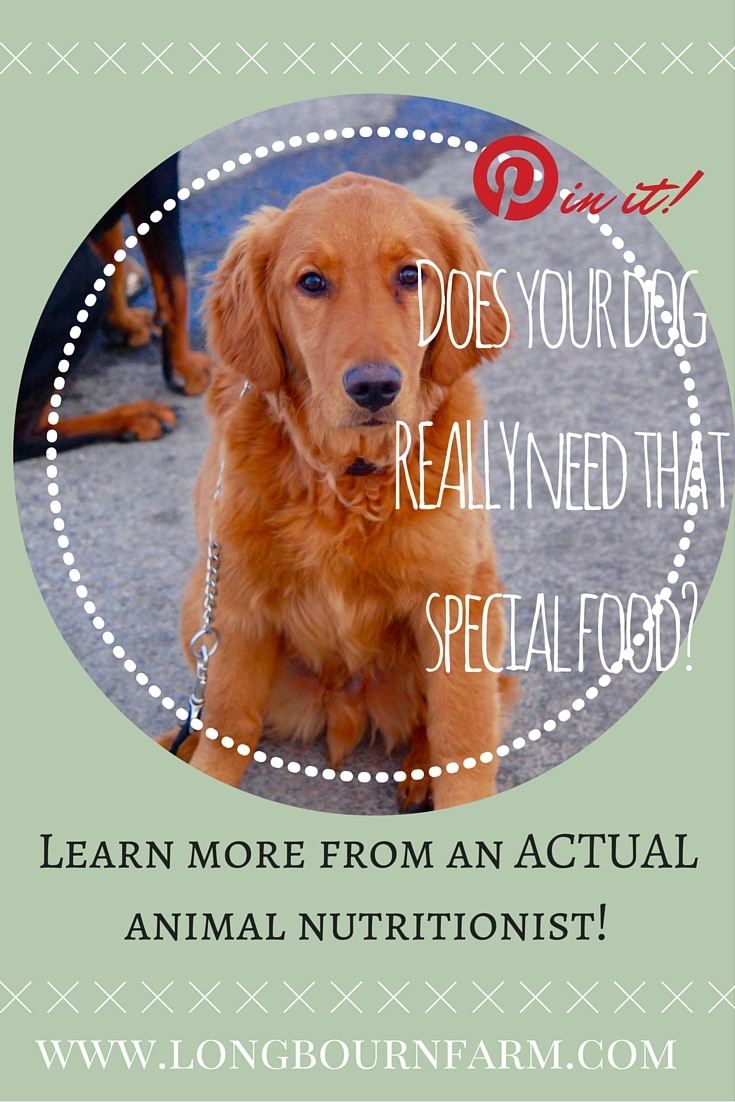
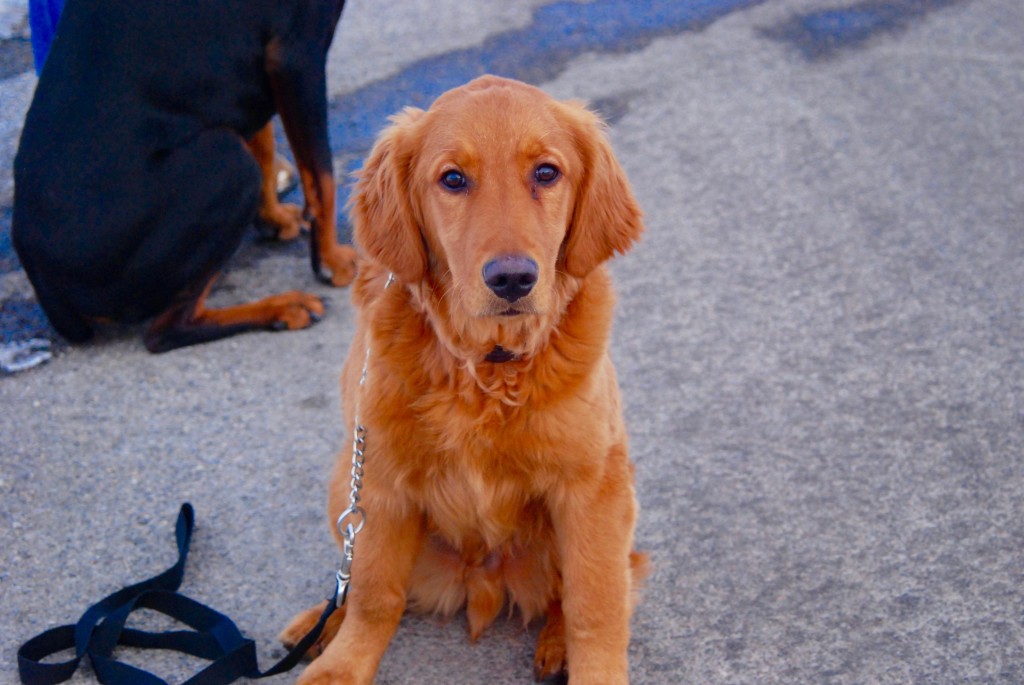

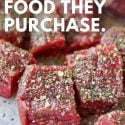
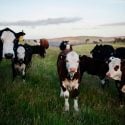
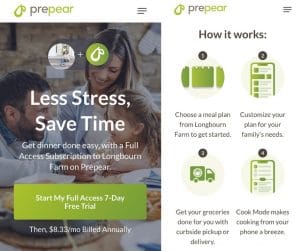

Leave a Reply